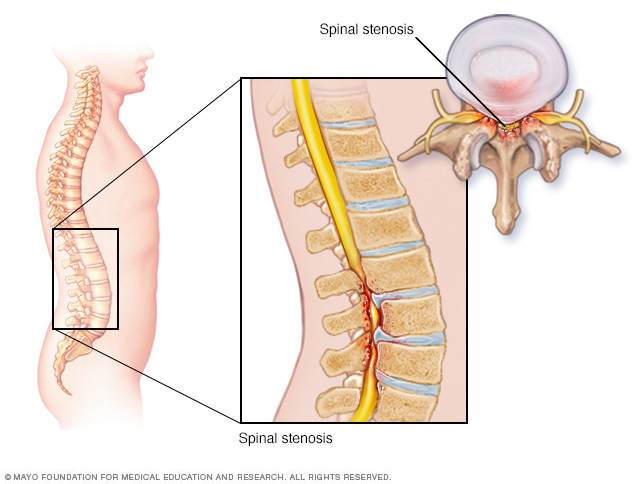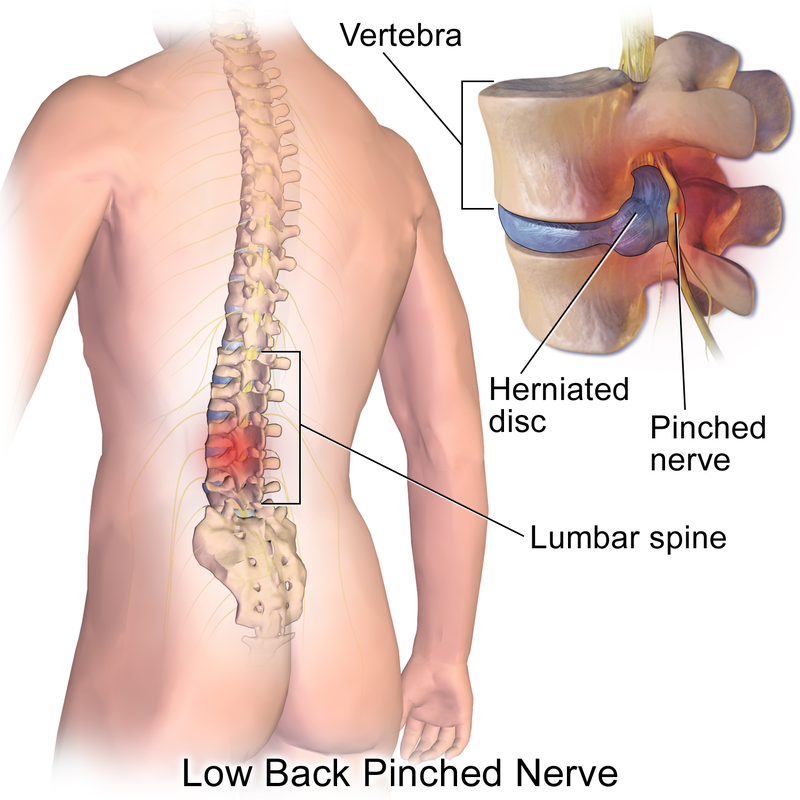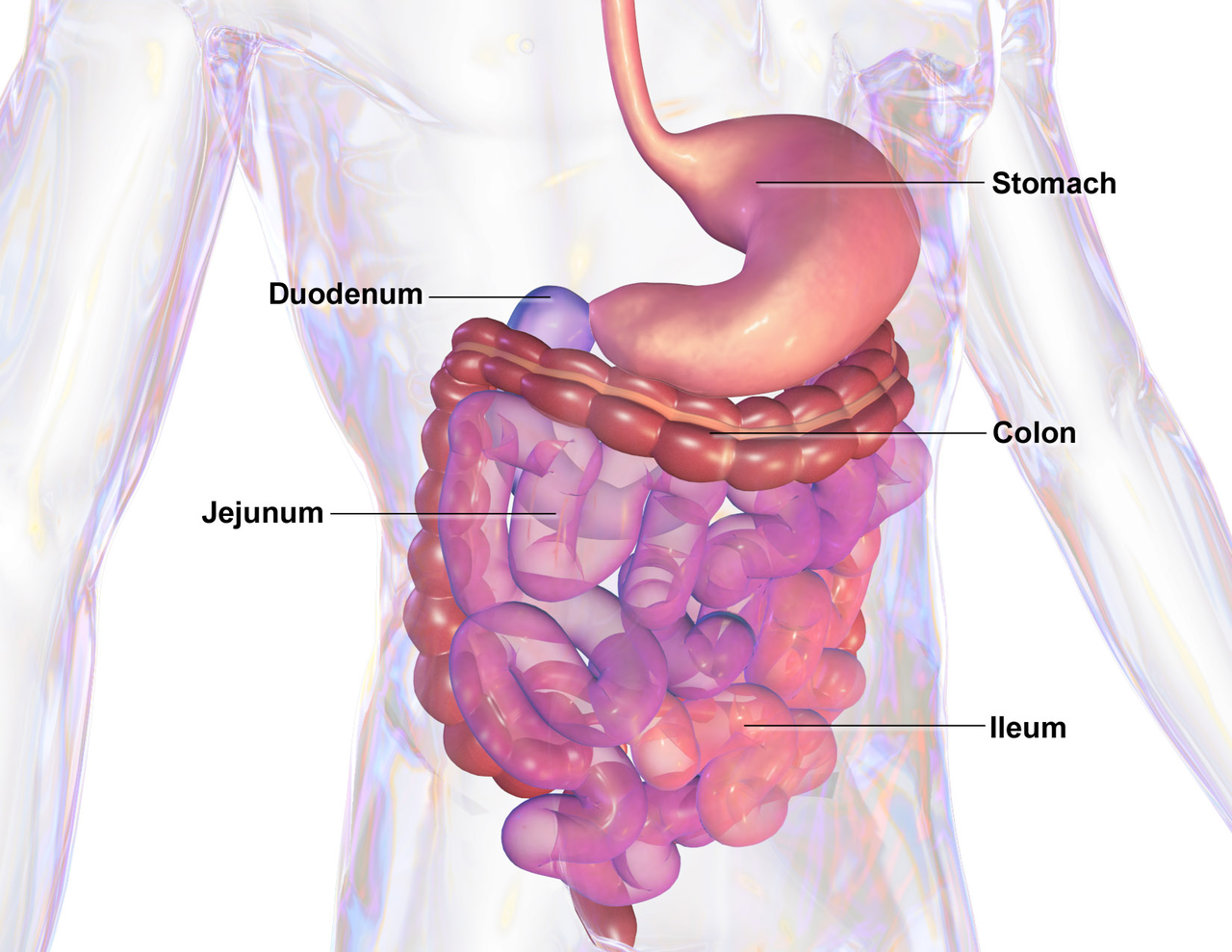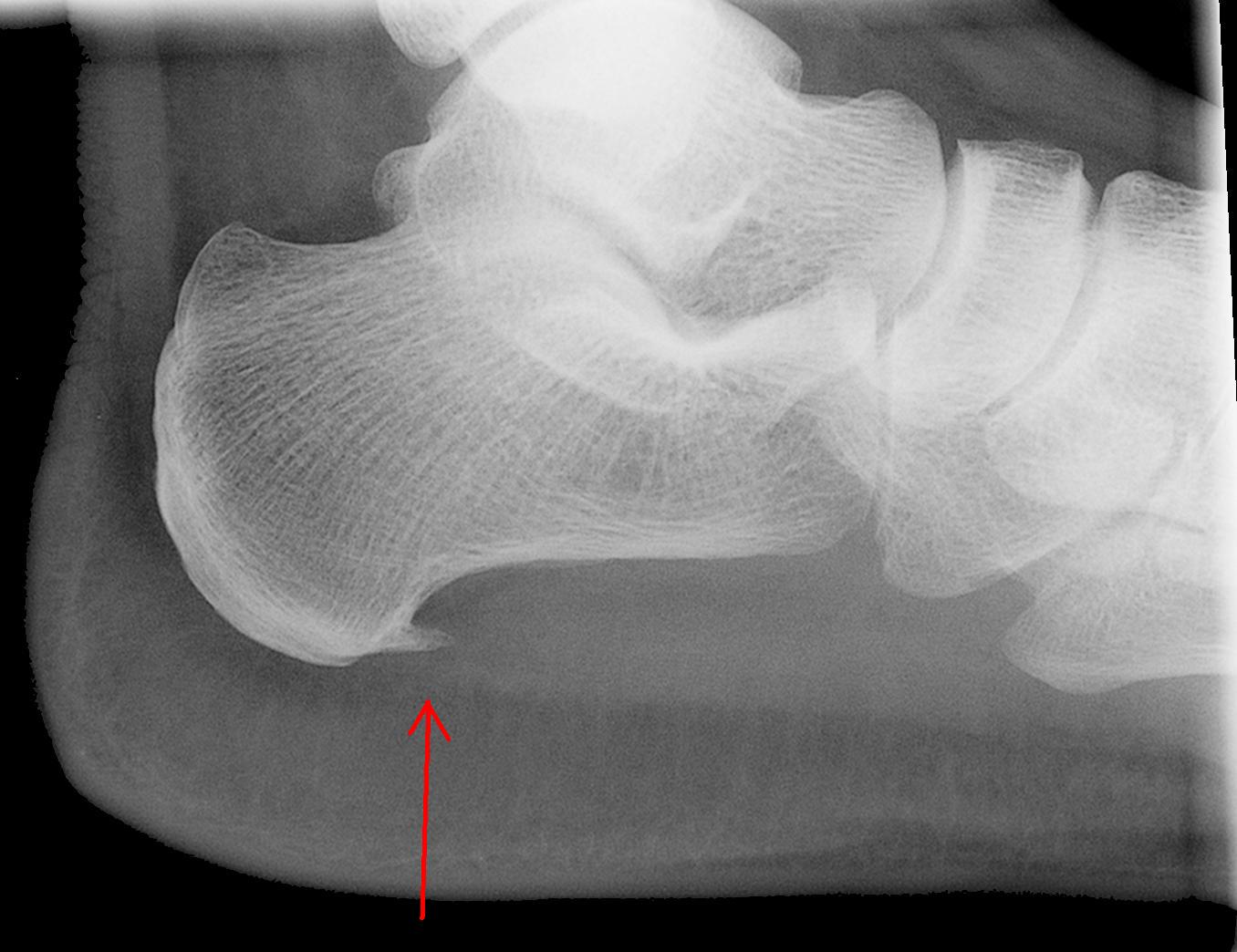
Spinal stenosis
Spinal stenosis is an abnormal narrowing (stenosis) of the spinal canal that may occur in any of the regions of the spine. This narrowing causes a restriction to the spinal canal, resulting in a neurological deficit. Symptoms include pain, numbness, paraesthesia, and loss of motor control. The location of the stenosis determines which area of the body is affected. With spinal stenosis, the spinal canal is narrowed at the vertebral canal, which is a foramen




